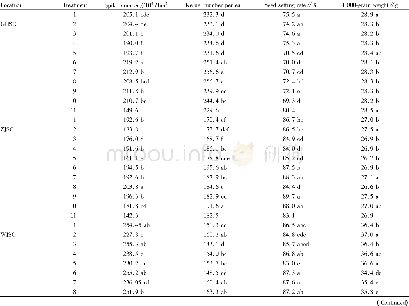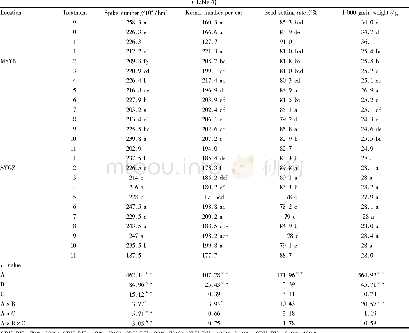《Table 2.Ductility, strength, hardness, and hardness-to-strength ratio as functions of different col
 提示:宽带有限、当前游客访问压缩模式
提示:宽带有限、当前游客访问压缩模式
本系列图表出处文件名:随高清版一同展现
《"Effect of cold rolling on the microstructural, magnetic, mechanical, and corrosion properties of AISI 316L austenitic stainless steel"》
Fig.4 shows the engineering stress–strain curves of as-received and various cold-worked samples.Several important mechanical properties of metals,including their yield strength,tensile strength,and ductility(as the percentage of elongation),can be determined from stress–strain curves.Table 2 presents such room-temperature data.According to Fig.4,with increasing percentage of cold working,the yield and tensile strengths increase,whereas ductility decreases.The increase of strength due to cold rolling is attributed to several factors,the most important of which is the dislocation multiplication or the formation of new dislocations,which can lead to a substantial increase in the imposed force necessary for the plastic deformation called strain hardening,resulting in alloy strengthening[29].Notably,the dislocation density for an annealed metal is approximately 106 to 108 dislocations per cm2,whereas this density can increase to 1012 dislocations per cm2 for a plastically cold-worked metal[29].In addition to dislocation density,the mechanically induced martensite phase and residual stress due to the cold-working process can also contribute to the strengthening of the cold-rolled austenitic stainless steels[30-31].
| 图表编号 | XD002871300 严禁用于非法目的 |
|---|---|
| 绘制时间 | 2018.06.01 |
| 作者 | S.Tanhaei、Kh.Gheisari、S.R.Alavi Zaree |
| 绘制单位 | Department of Materials Science and Engineering, Faculty of Engineering, Shahid Chamran University of Ahvaz、Department of Materials Science and Engineering, Faculty of Engineering, Shahid Chamran University of Ahvaz、Steel Research Center, Faculty of Engin |
| 更多格式 | 高清、无水印(增值服务) |
查看“Table 2.Ductility, strength, hardness, and hardness-to-strength ratio as functions of different cold-working percentages”的人还看了
-

- Table 1 Grain yield results of different test sites, different nitrogen amounts and different ratios of controlled-relea
-

- Table 4 Yield components of different test sites, different nitrogen amounts and different ratios of slow-controlled rel
-

- Table 4 Yield components of different test sites, different nitrogen amounts and different ratios of slow-controlled rel





